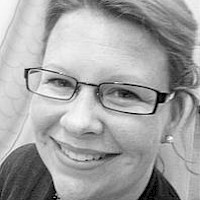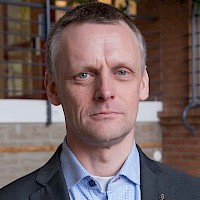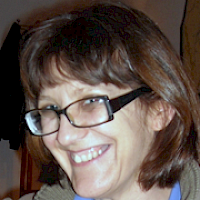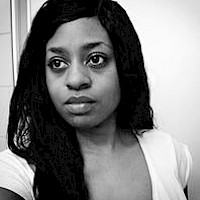13:30 Kultur och hälsa
The session will focus on culture as a method for improving Public Health in Kalmar county.
We will discuss general results from projects. We also hope to get an answer in what way culture and health can be used as a method on a long term basis in different organizations in Kalmar.
Hälsa- och kultur i Kalmar läns slutkonferens.
Eftermiddagen handlar om på vilket sätt kultur- och hälsa kan integreras långsiktigt i landstingets, och övriga organisationers, verksamheter.
Vidare kommer generella resultat från genomförda pilotprojekt att presenteras liksom en genomgång av hur projektet har genomförts.
Projektet "Kultur och hälsas" genomförande och resultat
Emma Gustavsson och Emma Angelin Holmén, Kalmar läns museum, Sverige
14.15 Kulturell gestaltning av Kalmar läns strategi
14.30 Framtidsperspektiv på Hälsa och Kultur
Krister Björkegren, Landstingsdirektör, Sverige
Moderator:
 Emma Angelin Holmén
Emma Angelin Holmén Ebbe Westergren
Ebbe Westergren Niklas Ammert
Niklas Ammert Paloma González-Marcén
Paloma González-Marcén Cornelius Holtorf
Cornelius Holtorf Carolina Jonsson Malm
Carolina Jonsson Malm